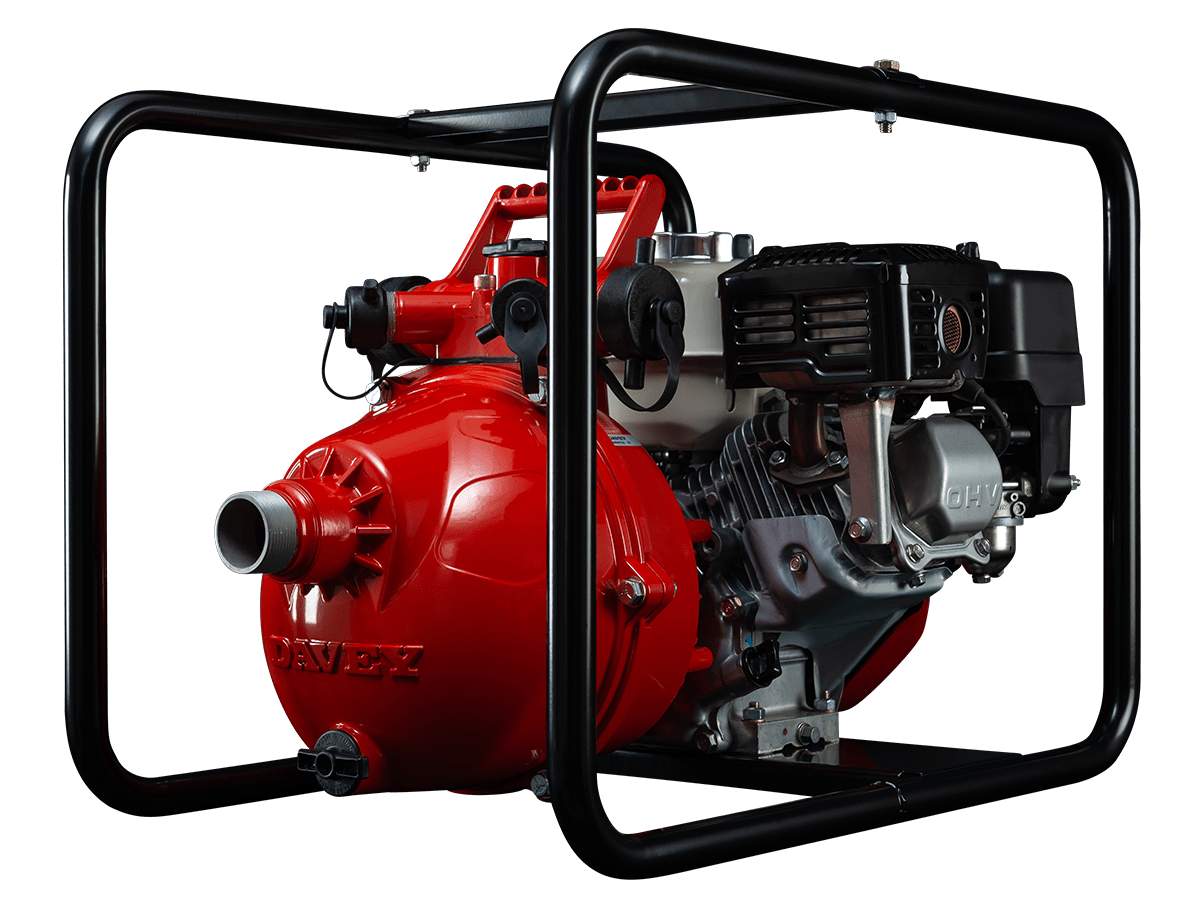Similar to automobiles, it is essential to annually service your fire pump as a crucial element of your fire protection system.
The initial investment in a fire pump is significant, serving as a crucial component of your fire protection system. This underscores the heightened importance of regular service and maintenance.
Similar to automobiles, your fire pump requires annual servicing to ensure its readiness to respond to emergencies. As equipment is not regularly used, it is imperative to regularly test and service the condition of your fire pump and its components. This proactive approach not only prepares your system for any unforeseen events but also contributes to an extended lifespan for your pump. For optimal performance and reliability, Think Water recommends these pumps: Pentair’s Blazemaster and Davey’s Petrol Engine Driven Firefighter.
To provide comprehensive information, we’ve compiled some frequently asked questions from our customers. If your specific question is not addressed here, please feel free to reach out to us, and we’ll be sure to assist you!
- How frequently should you schedule pump maintenance?
It is recommended either annually or after every 40 hours of use, with a preference for scheduling around January, just before the commencement of the fire season.
2. What to inspect for?
- Loose components
- Seals showing signs of wear or cracks
- Corrosion or rust
- Leaks in both water and air hoses
- Stale fuel (fuel typically becomes stale after 12 months)
Please be aware: The pump end generates heat due to the product being pressurized, potentially causing damage to seals and worn parts. This may result from various factors, including a blocked discharge line, debris lodged in the impeller, or a vacuum leak in the suction line.
3. Oil Maintenance
The recommended practice involves cleaning and changing the oil either annually or after every 40 hours of engine operation. For peak performance, use a high-quality, genuine 10w-30 engine oil.
4. What is the process for cleaning your pump?
Following pump servicing, apply a Lanolin-based anti-corrosion spray (avoid petroleum-based ones) to all components, paying special attention to moving parts and exposed metal surfaces.
5. How frequently should you initiate your pump?
At least every six months, run clean water through it, making sure to avoid running the pump without any water.
6. What additional steps can I take for readiness?
- Shelter your pump from the elements with a protective cover.
- Elevate your pump on a stable base, preferably using a firefighter frame kit as a secure anchor.
- Regularly verify that your water source or tank is consistently full.
7. What should I inspect during a quality check of my hoses and fittings?
- Examine the hose for leaks, cracks, and any bulges.
- Store hoses away from direct sunlight when not in use or deployed.
- Retighten all clamps securely.
- Apply a Lanolin-based anti-corrosion spray to moving parts.
- Verify that rubber washers are still intact and not cracked or worn.
- Note that tears and cracks can only be repaired using a cut-and-rejoin method.
At Think Water, where expertise meets irrigation solutions, we emphasize the importance of proper storage and housekeeping to ensure the optimal performance and longevity of your equipment.

Follow these tips for effective maintenance:
- First and foremost, refrain from dragging your hose on the ground,
especially over abrasive surfaces and sharp edges, to prevent unnecessary wear. - Avoid exceeding the rated working pressure of the hose, as surges in water
pressure can lead to damage. When cleaning, opt for an outdoor wash using
a standard garden hose and mild detergent, steering clear of power, or pressure
washers and solvents that may harm the outer jacket. - Prior to storage, always ensure your hose is thoroughly dried, and choose
a location away from direct intense sunlight and hot pavements. Allow your
hose enough room to breathe during storage and keep it shielded from direct
sunlight for its continued reliability.
With these housekeeping tips, you can maximize the lifespan and efficiency of your Think Water irrigation equipment.



